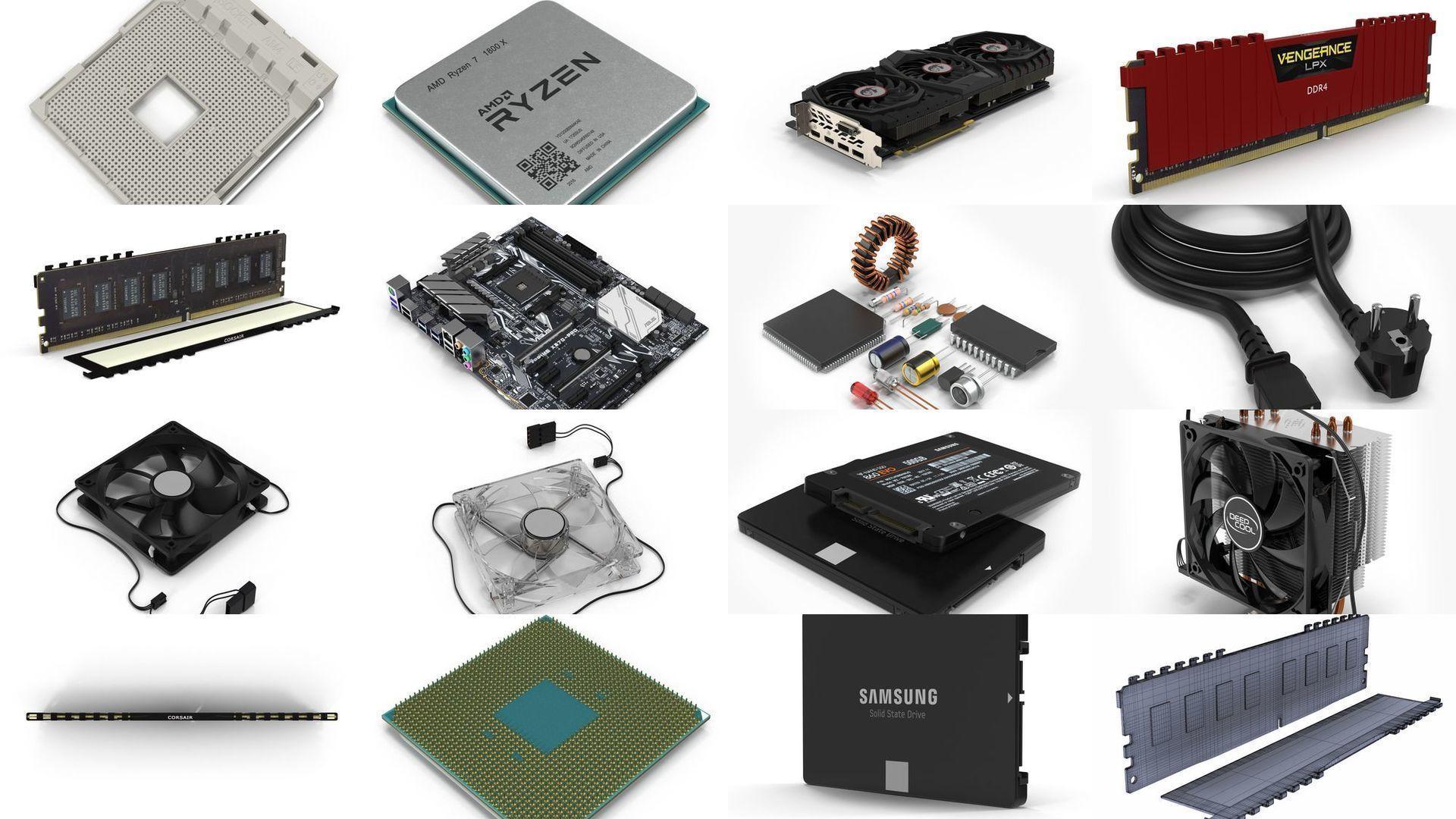Within current technology-driven environment, the need for computer parts is constantly growing, causing to the growth of surplus components as a practical choice for both price-sensitive shoppers and environmentally aware individuals. Surplus IT components can offer considerable cost savings while also contributing to environmental efforts by reducing e-waste. As the field of technology continues to advance at a rapid speed, a lot of fully operational parts are exited from the market, presenting an chance for smart shoppers to get high-quality parts at a fraction of the retail price.
However, navigating the surplus landscape necessitates a discerning eye and a strong understanding of what to search for. From identifying real parts to checking for performance, having knowledge of the details of buying excess technology components can make all the game between a great purchase and a expensive error. In this thorough manual, we will examine all you should be aware of about surplus computer parts, including suggestions on conducting informed purchases, confirming quality, and enhancing the worth of your investments in second-hand parts. Whether you're a veteran gadget aficionado or a novice looking to upgrade your system, this resource will equip you with the insight necessary to shop wisely in the realm of surplus computer parts.
Buying Guide about Excess Hardware
When you delving into surplus hardware, it's essential to get a thorough understanding concerning that you're looking for. Begin by assessing your requirements and compatibility factors requirements. Identify the particular parts you are seeking for your build or improvement, be it a graphics card, central processing unit, or RAM. Understanding your system’s configuration will assist you make wise decisions and steer clear of acquiring incompatible parts.
Subsequently, it’s key to check the condition of the available parts. Find sellers who provide clear information and detailed images of the items. Symptoms of damage such as marks, oxidation, or faulty connectors can indicate underlying issues. Moreover, inquire about the testing processes the seller uses to confirm the quality of the parts. This can provide peace of mind regarding your possible purchase.
Finally, consider the provider of your surplus parts. Acquire from trusted vendors who have positive ratings and a exchange policy. Online marketplaces, community computer shops, and specialty surplus stores often offer a range of choices. Take your time to compare prices and features while being mindful of possible fraudulent products. With careful consideration and research, you can safely navigate the excess market and discover quality parts at fantastic prices.

Quality Evaluation of Excess Components
When shopping for excess computing parts, the quality of the parts is essential. An efficient way to evaluate quality is through visual inspection. Examine the exterior of the components for any wear, rust, or material damage. Look for scuffed or bent check over here , as these can suggest past mishandling or heavy wear. It's also important to inspect the connectors and connectors for any misalignment or debris, which can affect functionality. If possible, ask for high-resolution images from the seller to get a better look of the items before finalizing a buy.
Functionality testing is another important aspect of standard assessment. For parts like graphics cards and processors, ask the vendor if they have performed any tests or evaluations to demonstrate functionality. If you have the ability to testing equipment, you can perform your own tests on the parts to ensure they meet your requirements. Make sure that the components turn on properly and function without problems under stress. Reliable vendors often provide some type of warranty or refund policy, which serves as a protection for customers concerned about potential defects.
Finally, researching the reputation of the seller can further confirm the standard of excess components. Look for get more and testimonials from previous clients to evaluate their experiences with the vendor's items. Trustworthy vendors will have a track record of providing top-notch parts and excellent customer service. Utilizing platforms with buyer safeguard policies can also enhance your purchasing confidence, making the experience of buying surplus components both beneficial and secure.
Suggestions for Smart Buying Decisions
When acquiring surplus computer parts, it's important to research beforehand. Acquaint yourself with the details and needs of your existing system. Identifying the exact components you want will enable you effectively sift through available choices and steer clear of purchasing items that aren't compatible or required. Check online tools, forums, and ratings to understand what brands and versions have the best functionality and reliability.
A further important factor is to check the seller's trustworthiness. Choose established https://niadd.com/article/1394304.html or sites with solid refund policies and assistance. Search for warranties or guarantees to safeguard your investment. Engaging with reviews from previous buyers can give insights into the quality of the products being sold.
Lastly, don't shy away to negotiate prices when buying for excess components. Many sellers are willing to discussions, especially on wholesale purchases. Additionally, be on the lookout for holiday sales or promotion events that can provide substantial discounts. By utilizing these tips, you can make sure you're making smart choices that enhance your benefit while reducing the chance related to acquiring excess computer components.
